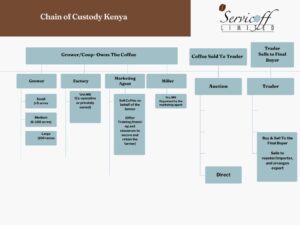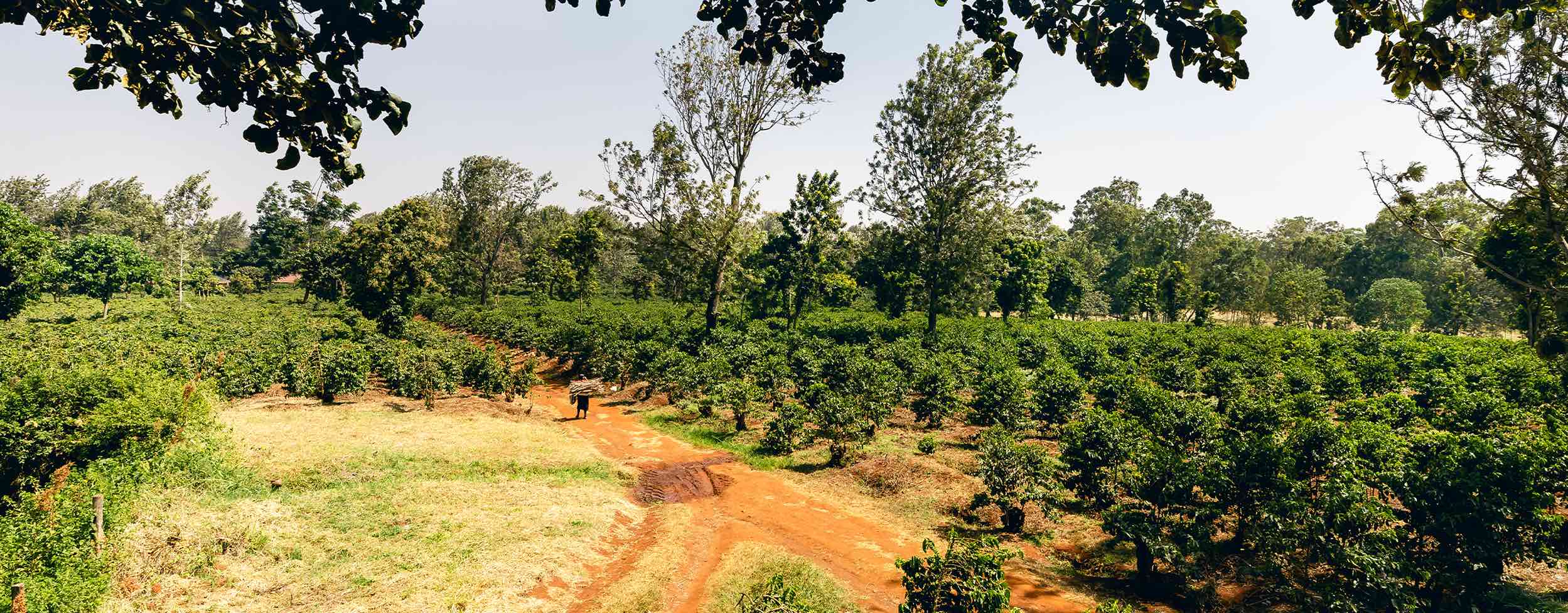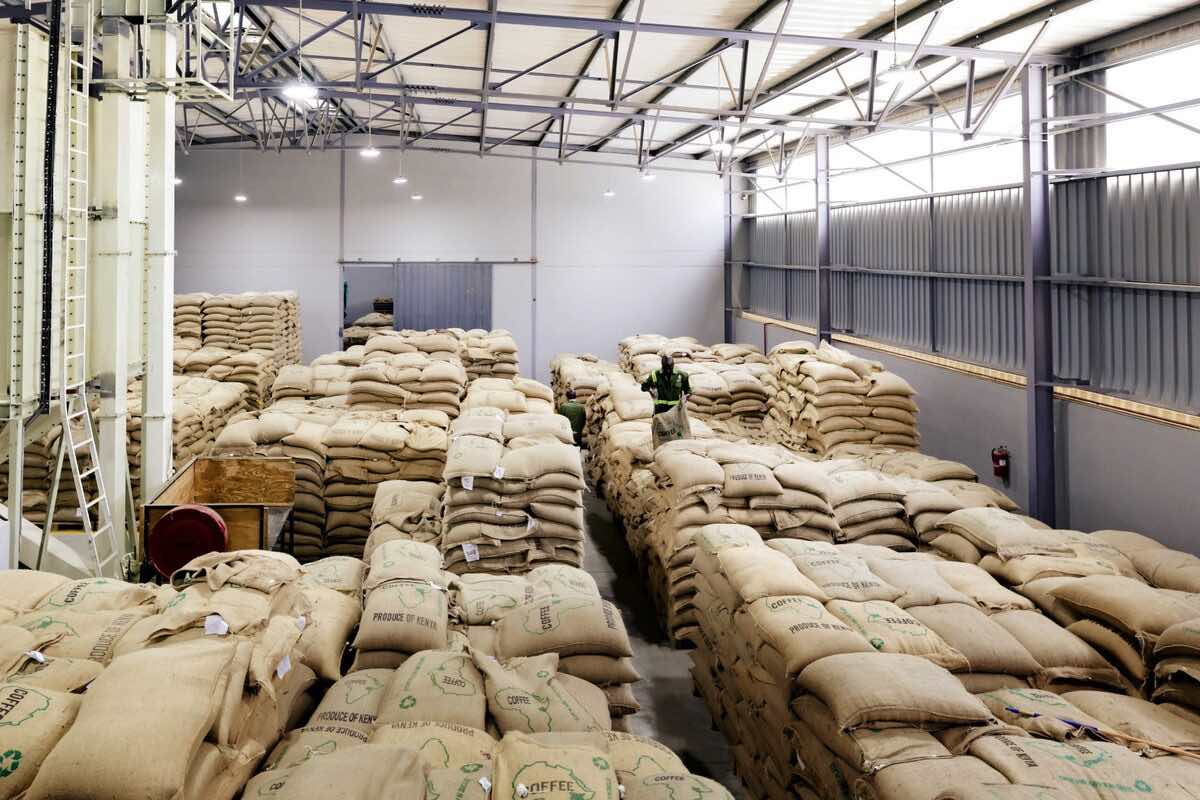
The Rich Tapestry of Kenyan Coffee
Embarking on a Journey Through Time
In the late 1800s, the aromatic whispers of coffee found their way to the highlands of Kenya, carried by the hands of French and Scottish Missionaries. Little did the lush landscapes know that this introduction would mark the beginning of a rich legacy.
As the 20th century dawned, Kenya embraced coffee cultivation on a commercial scale. By 1920, coffee emerged as the nation’s flagship export, weaving its essence into the economic fabric.
Colonial Legacy and the Birth of Independence
For the initial decades, vast British-owned estates dominated the coffee production scene under colonial rule. However, the tide of change began with the Mau Mau uprising in 1954, a pivotal moment that heralded Kenya’s journey to independence in 1963.
This era witnessed the transition of coffee cultivation from British hands to Kenyan soil. Smallholder farms, cooperatives, and wet mills sprouted, becoming the backbone of a newfound independence.
The Rise of the Smallholder
By the late 1970s, a remarkable shift occurred as smallholders triumphed over their larger estate counterparts, claiming 55% of the coffee production landscape. Today, an estimated 700,000 small producers, organized into hundreds of cooperatives with their washing stations, contribute significantly to Kenya’s thriving coffee industry. The remainder, grown on medium or large estates, represents a blend of tradition and modernity.
The Auction Symphony
The heartbeat of Kenya’s coffee trade resonates through the iconic Kenyan Auction System, established in 1933. A weekly spectacle at the Nairobi Coffee Exchange, this transparent and centralized system pioneers a pricing hierarchy based on quality. Often hailed as the most effective distribution mechanism for fine green coffees globally, it inspired models like the Cup of Excellence auction.
In a paradigm shift in 2006, legislation opened avenues for direct transactions between cooperatives or estates and foreign buyers. Over 30 independent marketing agents now navigate this terrain, selling directly and bypassing the auction system. Despite this, the auction system still commands the stage, with over 90% of Kenyan coffee finding its way through this time-honored tradition.
The Guardian Chain – Custody in Kenya
Kenyan law, a vigilant guardian of coffee growers, ensures that the coffee belongs to the farmer or cooperative until it reaches its final destination – either through the auction system or direct sales. The journey involves meticulous stages, from cooperative-owned factories to the dry mill, overseen by marketing agents who champion the farmer’s cause.

Grading Excellence
A symphony of beans unfolds as grading becomes an art form in Kenyan coffee. AA, AB, and PB (Peaberry) – each grade a testament to bean size, not defect tolerance. The focus remains on quality, with coffees sourced directly from producers or cooperatives, celebrating the unique flavors of Kenyan terroir.
Conclusion
The story of Kenyan coffee is a narrative woven with threads of resilience, independence, and a commitment to excellence.
In the realm of coffee, Kenya stands not just as a producer but as a curator of an extraordinary legacy, inviting the world to savor the essence of its journey.






